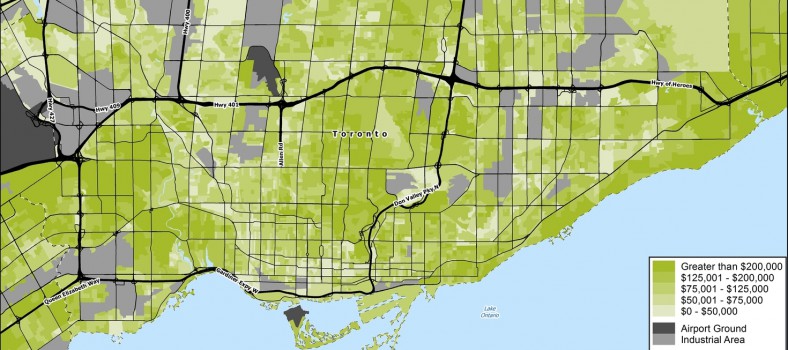Since launching in July, Pokémon GO has become an international sensation—and has turned its creator, Niantic Labs, into a location marketing powerhouse for businesses that operate brick-and-mortar locations. The free augmented reality game that allows trainers to catch virtual Pokémon around them has become one of the most popular apps ever. Because Pokémon GO relies on local businesses and landmarks as in-game PokéStops and Gyms, Pokémon GO creates a major opportunity for brands with brick-and-mortar locations to capitalize on Pokémania, increase foot traffic, and, ultimately, turn Pokémon GO trainers into customers.
For brands, the key to prospering with Pokémon GO is to combine location data, content, and a great experience for Pokémon GO trainers.
A number of businesses are already seeing increased foot traffic and sales at storefronts thanks to Pokémon GO. Gaming retailer GameStop recently reported that sales were up 100% in its store locations that are flagged as PokéStops and Gyms. These locations were also holding Pokémon-related events to use the augmented reality game to drive additional foot traffic to the stores in the real world.
Niantic Labs: A new marketing powerhouse
As more businesses seek to convert trainers to customers at their storefronts, Niantic Labs has ascended as a location marketing powerhouse, accumulating data about trainers’ proximity to businesses. Niantic also possesses the keys to a potentially powerful form of advertising via in-game Pokémon GO ads and branding tie-ins for storefronts. It’s likely that in-game advertising will be offered—to be successful, it would need to be well integrated into the game, so as not to impede a trainer’s ability to continue playing the game. Meanwhile, Niantic recently confirmed that it intends to allow businesses to become sponsored PokéStops. It’s likely that Niantic will eventually be able to track in-store visits and sales for trainers at a specific location, thus turning PokéStop into more targeted opportunities for location marketing.
In the meantime, here are some ways to create your own location marketing experiences, especially if your business is a PokéStop or Gym:
Put your PokéStop or Gym on the map with location data
PokéStops and Gyms should optimize their location data to drive search visibility in the moments when and where players are looking for them. Beyond ensuring that basic “NAP” location data (name, address, and phone number) is accurate, businesses should include crucial data attributes specific to the game, such as whether they are PokéStops or Gyms. Sharing this location data with publishers such as Google and aggregators such as Factual can boost visibility and drive traffic to your brick-and-mortar locations.
Attract trainers with social media content
First off, if you are a PokéStop or Gym, make sure your social media bases are covered by flagging that information on your social spaces. Take advantage of Facebook’s Local Awareness ads and create messages informing trainers that your location is a PokéStop or Gym, or that you’re hosting a meetup to play the game. With Local Awareness ads, businesses can promote messages to people within a certain radius from their business location. You can also adopt a number of organic tactics, such as asking trainers to use social media to share their experiences playing the game at your location; or come up with a hashtag for your location and encourage trainers to use the hashtag when they capture Pokémon there.
Improve the trainer experience by being a utility
A common complaint from trainers is that the app often drains phone batteries. Even if your business isn’t a PokéStop or Gym, you could promote your location as a place for trainers to come and recharge in between games, as a number of businesses are doing already. For example, a coffee shop could promote that it is a spot to stop at and refuel, while then also offering special deals for trainers. Even if the coffee shop was not necessarily a PokéStop or Gym, inviting trainers to stop in would likely drive increased foot traffic. Businesses can also provide a utility in other ways, such as offering water or snacks to fuel trainers.
What’s next
John Hanke, the CEO of Niantic Labs, recently shared that the app has only put in “probably a tenth” of the features it plans to incorporate. Niantic plans to roll out a Pokémon GO Plus device that will make it possible for trainers to be alerted about the presence of Pokémon and PokéStops without having to look at their mobile phones. Some additions that may be coming include the ability for trainers to trade Pokémon. As the features become more diverse and engaging, brands will certainly discover more ways to level up their location marketing efforts through augmented reality.
This article originally appeared in the August 2016 issue of Direct Marketing.


No Comment